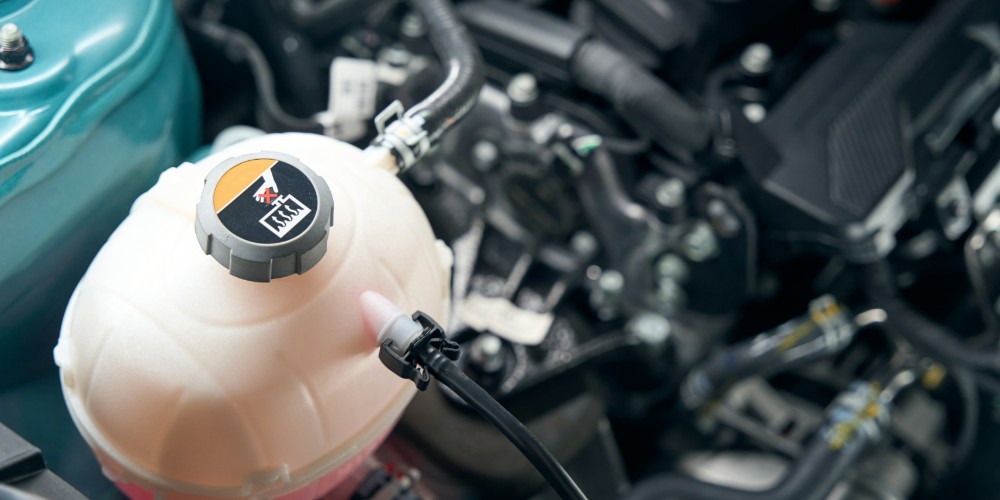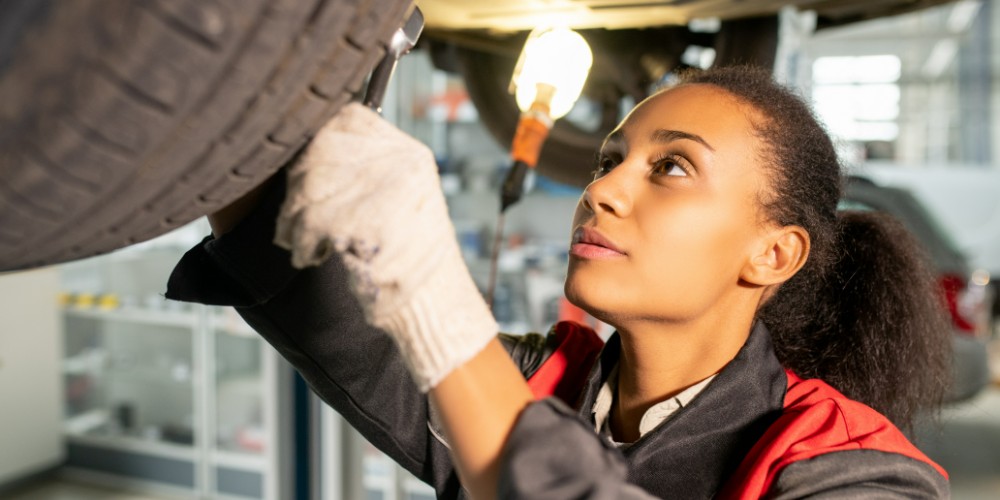Charging a car battery is an essential part of maintaining a vehicle and ensuring it runs smoothly.
Step 1: Disconnect the battery
The first step in charging a car battery is to disconnect the negative terminal of the battery from the vehicle. You can do this by using a wrench or socket set, depending on what type of connector your vehicle has.
Once this is done, attach the positive cable from your charger to the positive terminal on the battery and then attach the negative cable from your charger to any metal surface away from the battery. Make sure all connections are secure before proceeding with charging.
Step 2: Plug in your charger
Next, plug in your charger and slowly turn up the voltage until it reaches around 14 volts or slightly higher (for most 12-volt batteries). The current should be no more than 10 amps – if it exceeds this level, you will need to use a lower voltage setting instead.
If you are using a trickle charger, you can leave it running overnight without any worries since trickle chargers don’t typically overcharge batteries.
Step 3: Check for faulty cables
While charging, make sure you check for faulty cables or any other visible damage that could be causing your problem. Additionally, inspect your battery’s terminals for corrosion or buildup which may prevent electricity from being transferred reliably between your charger and battery.
If necessary, clean off any accumulation using baking soda mixed with water or specialised cleaners meant for these specific purposes before continuing with charging.
Step 4: Remove all cables before reconnecting
When charging has finished (or when you have achieved full charge), make sure that you remove all cables from both terminals before reconnecting them back to their original positions on either side of the vehicle.
This ensures there are no shorts caused by having two cables connected at once while also protecting yourself from electric shock due to potential sparks caused by reattaching clamps while power is still present in either cable.
Step 5: Start your engine
Finally, once everything is disconnected again and reconnected correctly, start up your engine and check if it’s working properly now that it has been charged again. If everything looks good then congratulations – you have successfully charged up both your vehicle’s electric system and its internal energy source!
Maintain Your Battery Regularly
Battery maintenance should be done regularly as part of regular vehicle upkeep; however improper care can cause major issues down the line if left unattended for too long such as reduced performance or even failure altogether due to lack of charge supplied by either an alternator or external source such as trickle chargers mentioned earlier in this article.
To help avoid these issues it’s important that you keep track of how often you’re charging your vehicles’ batteries and replace worn-out components such as cables or terminals when needed so they remain safe and continue supplying power without interruption throughout their lifespan!





